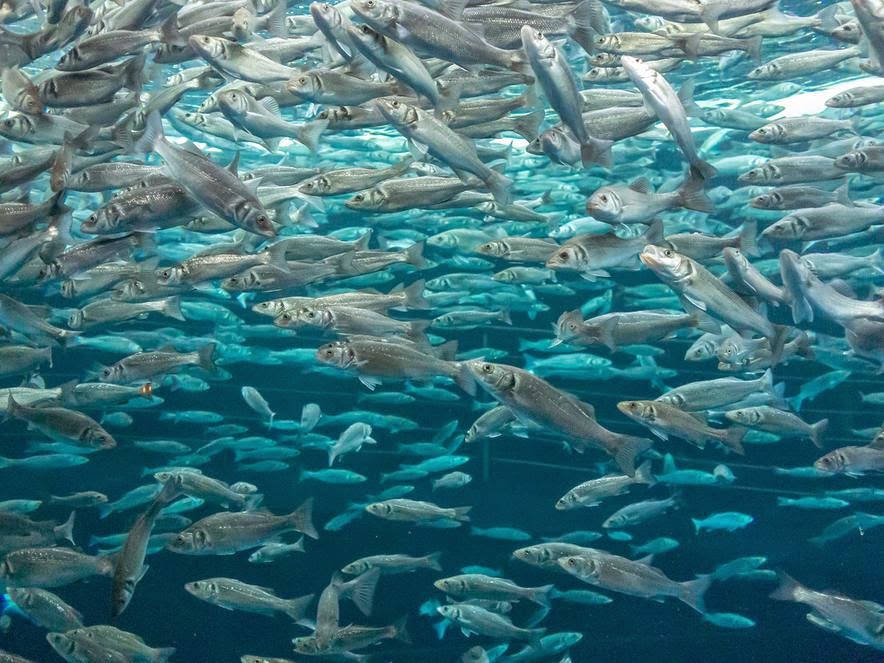News

Fasting shortens cardiac activity during ice-slurry slaughtering
Aquaculture production is growing quickly, underscoring the need to improve welfare standards during harvesting. Pre-slaughter practices such as fasting and crowding, along with slaughter methods, are critical points with major welfare implications.
Bio-loggers measured heart rate during slaughter
A recent study by institutes in Spain and Portugal evaluated how pre-slaughter protocols and seasonal temperature affect cardiac responses during slaughter in European seabass (Dicentrarchus labrax). Star-Oddi’s DST milli-HRT heart rate and temperature bio-loggers were surgically implanted in 43 pre-adult seabass subjected to fasting and crowding treatments to monitor cardiac activity. The fish were kept under observation for 30–40 days before the start of the experiment. This was followed by slaughter in either ice slurry or ikejime (a rapid brain-destruction method) at different seasonal temperatures during summer and winter conditions.
Fasting shortened cardiac activity
Fasting significantly reduced the time to cardiac arrest during ice slurry slaughter, particularly in the summertime, where fasted fish lost cardiac activity 14 min earlier than non-fasting, most likely due to energy exhaustion. Crowding raised heart rate during ice slurry exposure, overriding the typical slowing of the heart rate (bradycardia) expected in the ice, most notably in trials during summer, when crowded individuals lost heart function 11 min sooner than controls.
Water temperature affected outcome significantly
Seasonal differences in water temperature strongly shaped outcomes: in winter, ice exposure led to much longer persistence of cardiac activity, reaching up to 219 min in fasted fish compared to 32 min in summer. In contrast, summer trials with crowding showed sustained rapid heart rates and earlier cardiac cessation, pointing to acute stress despite the reduced duration.
Overall, these results demonstrate that pre-slaughter stressors interact with environmental conditions to affect welfare. From a welfare standpoint, limiting crowding and adjusting fasting regimes to fit the applicable season are recommended to improve slaughter efficiency and reduce stress in seabass farming.
The study was carried out by researchers from Mediterranean Institute of Advanced Studies (IMEDEA-CSIC/UIB) and Institute of Agrifood Research and Technology (IRTA), Spain, together with FishEthoGroup Association (FEG) and Centro de Ciências do Mar do Algarve (CCMAR/CIMAR LA), Portugal.
The article was published in Aquaculture Reports and can be found here